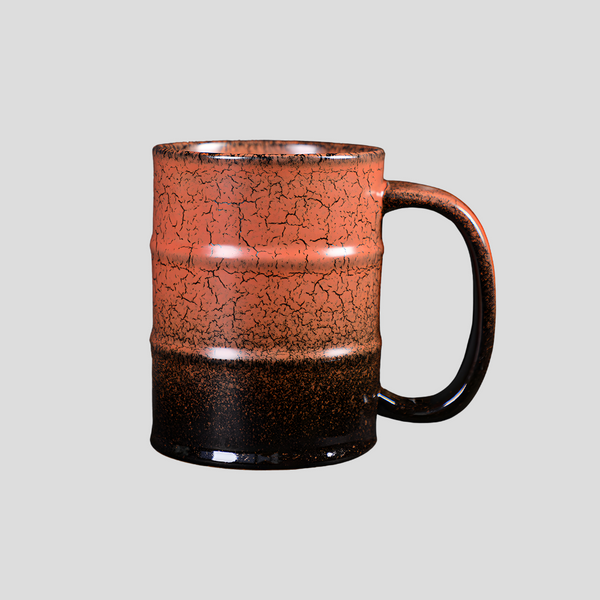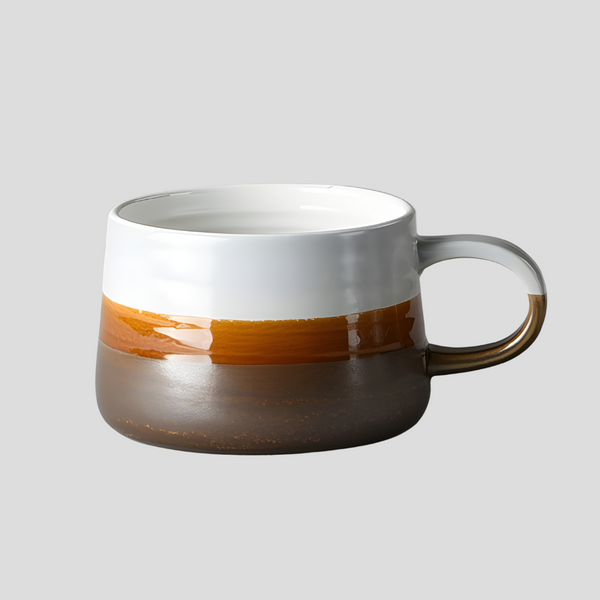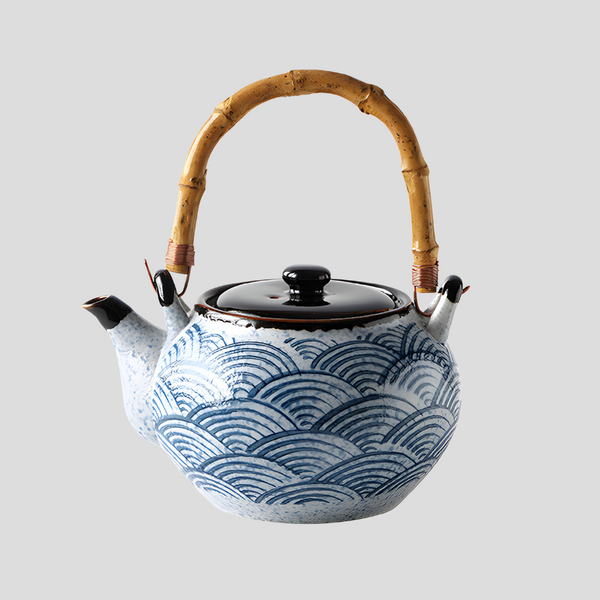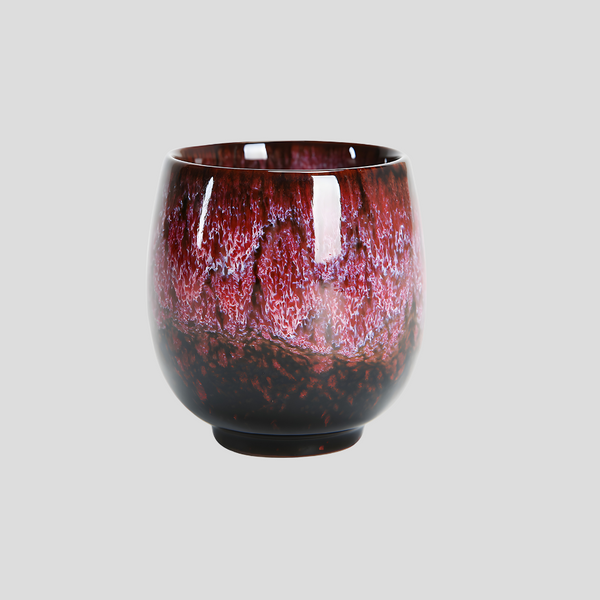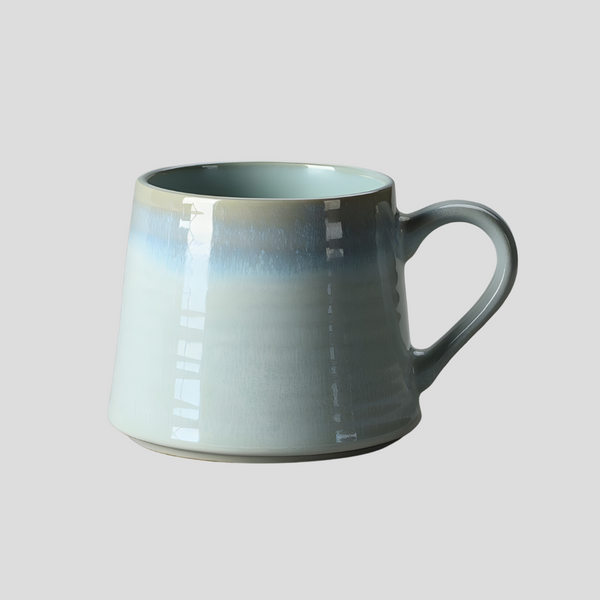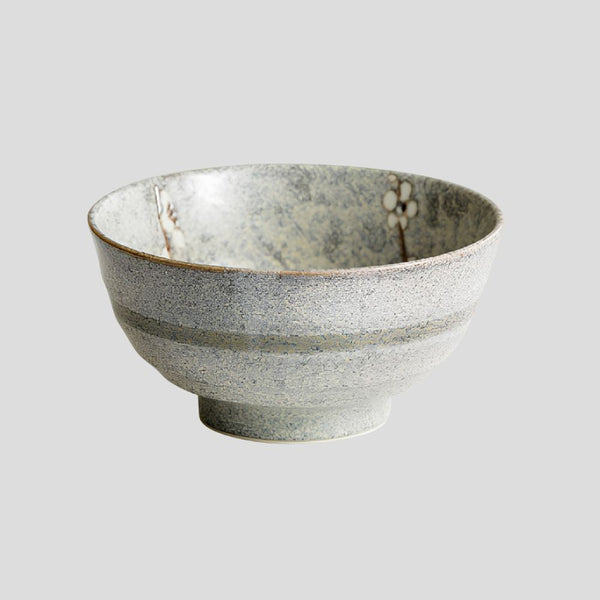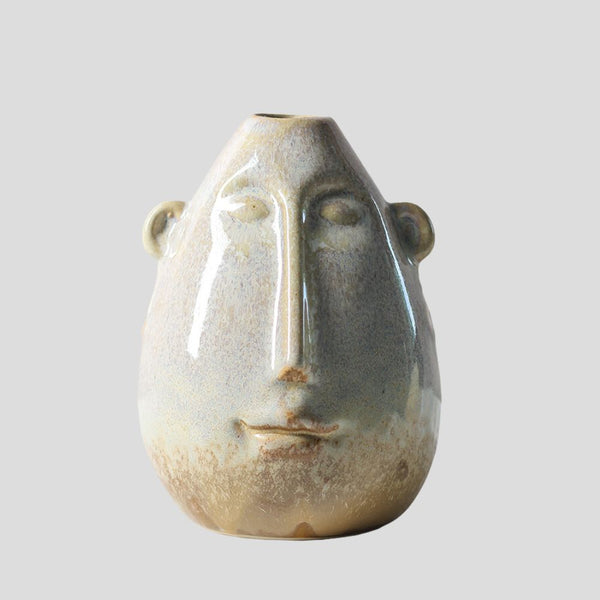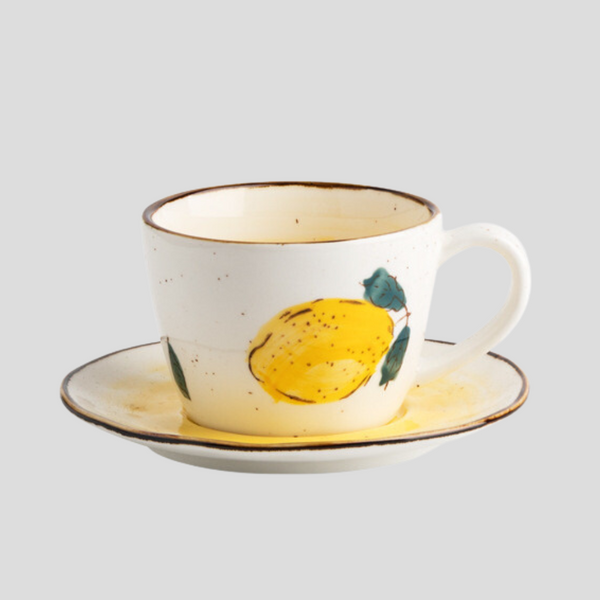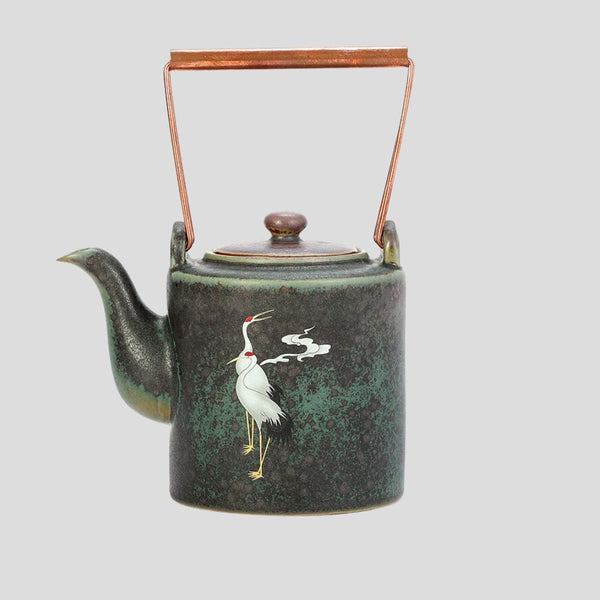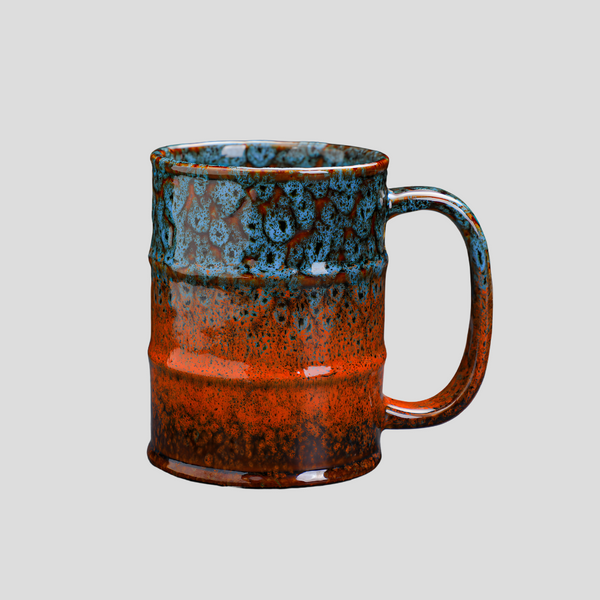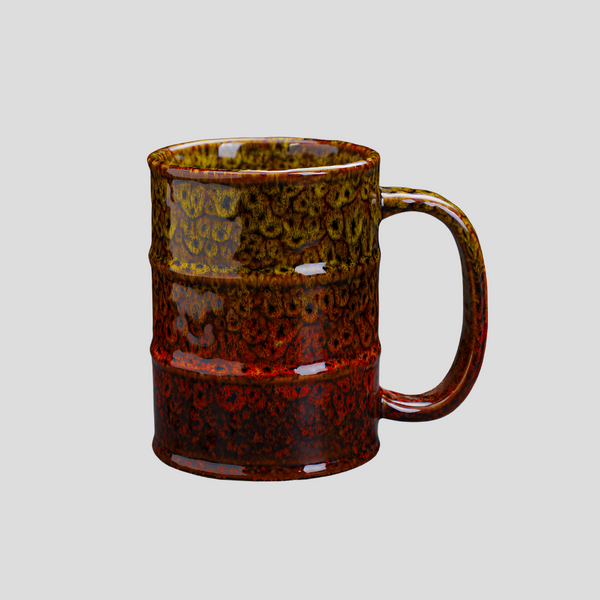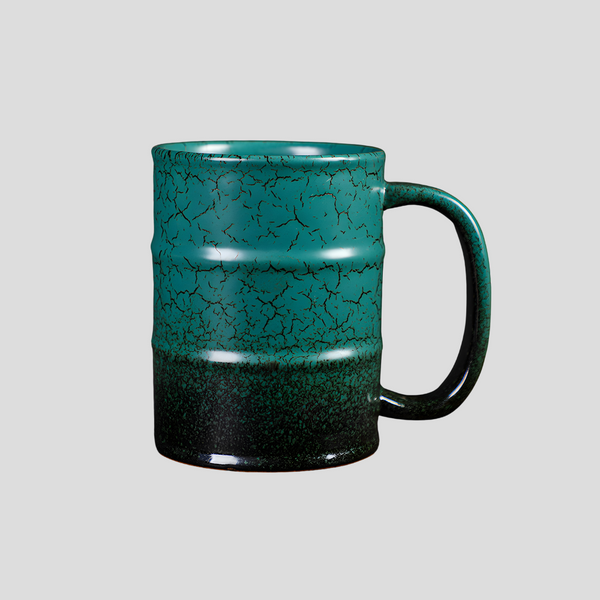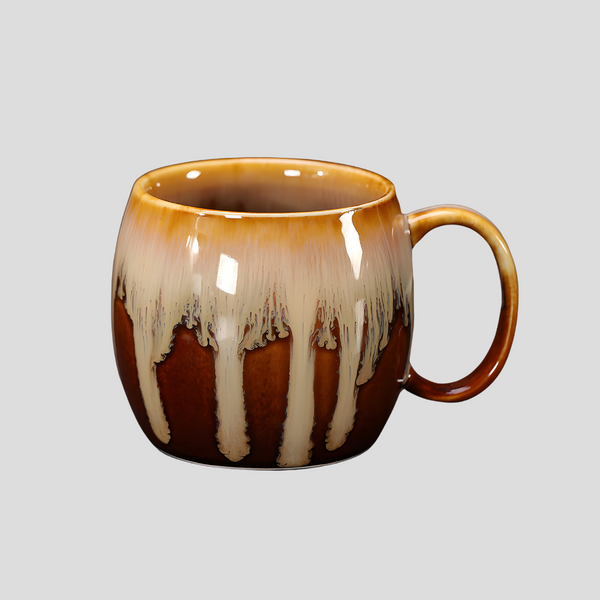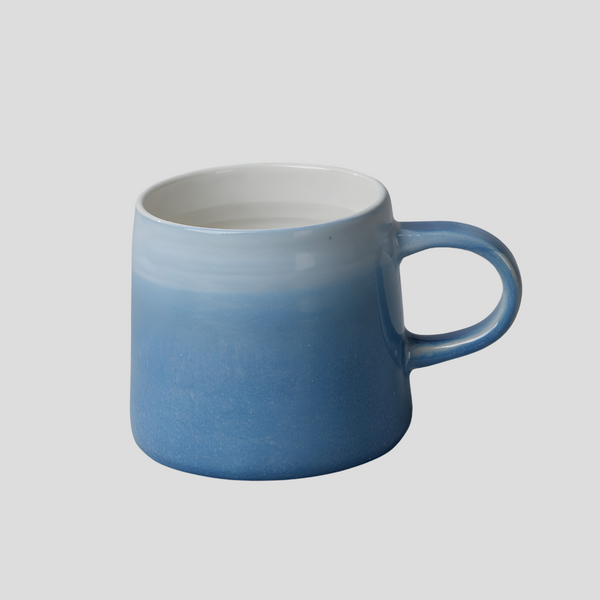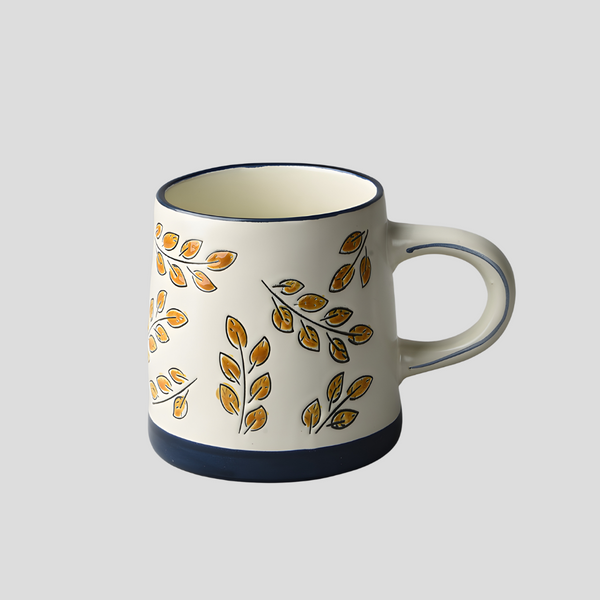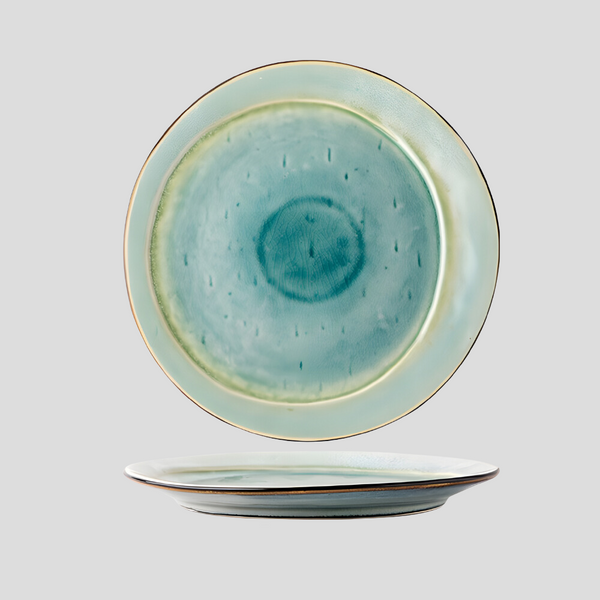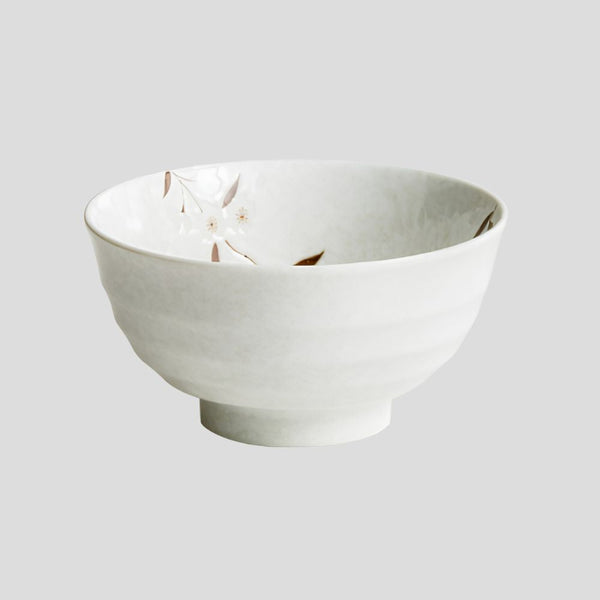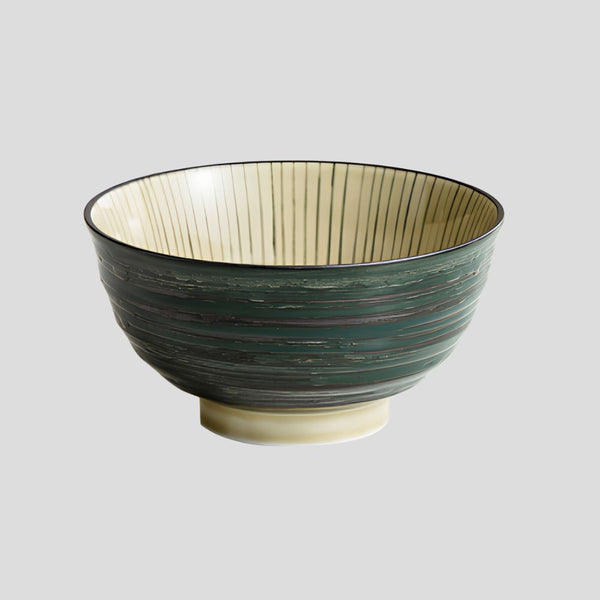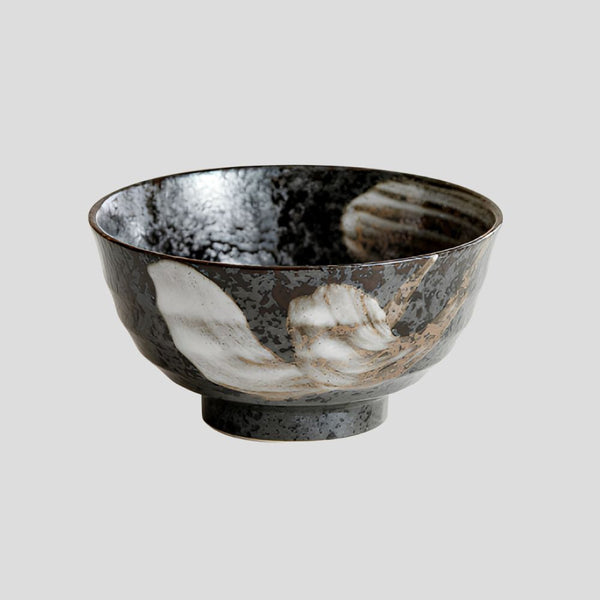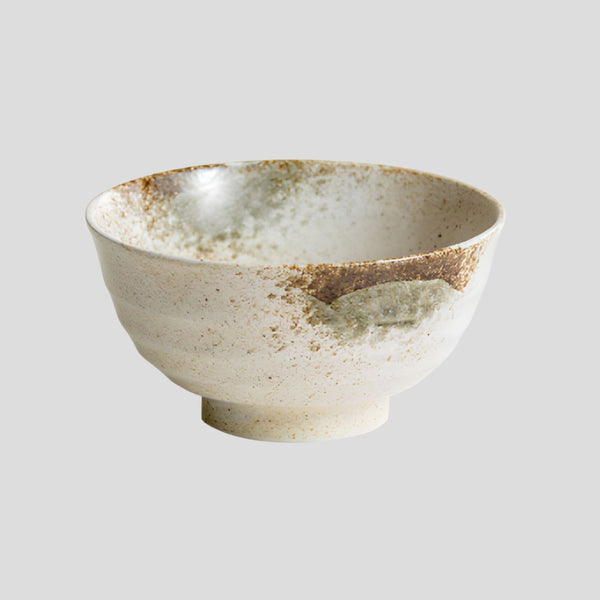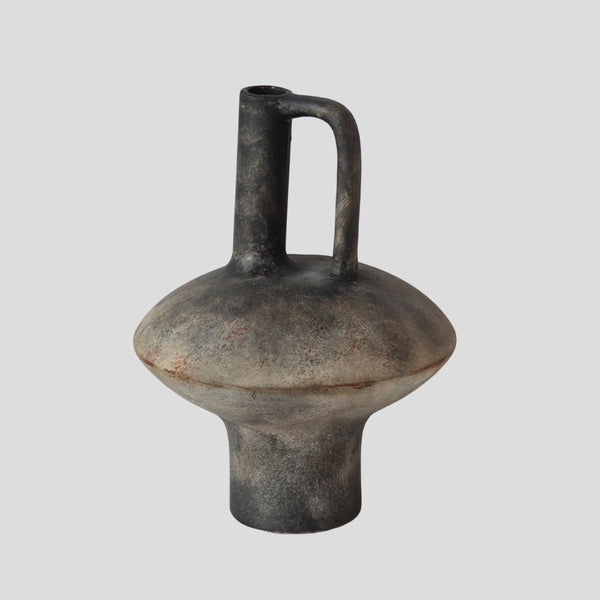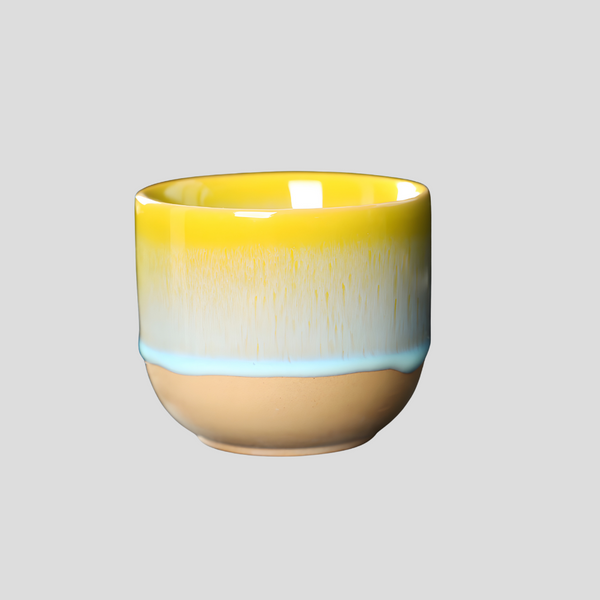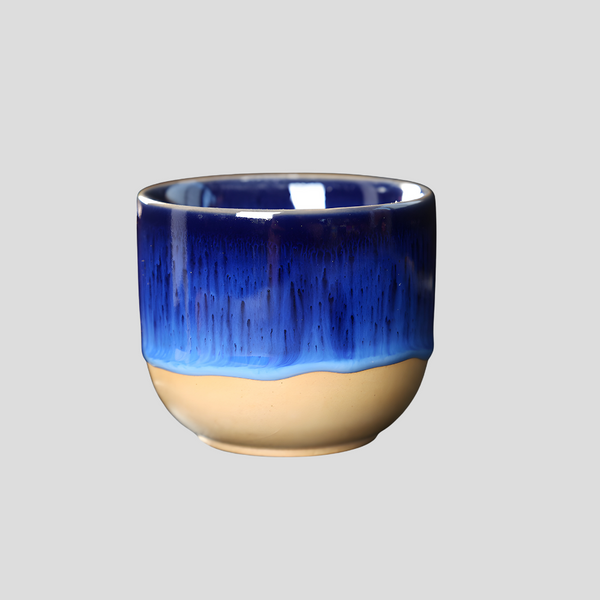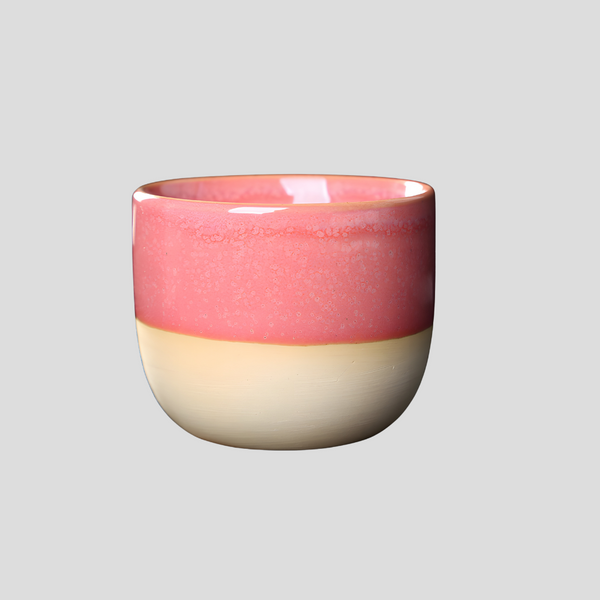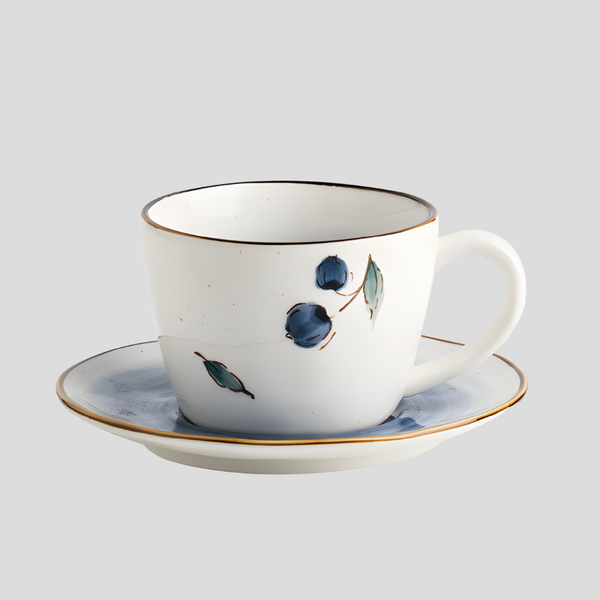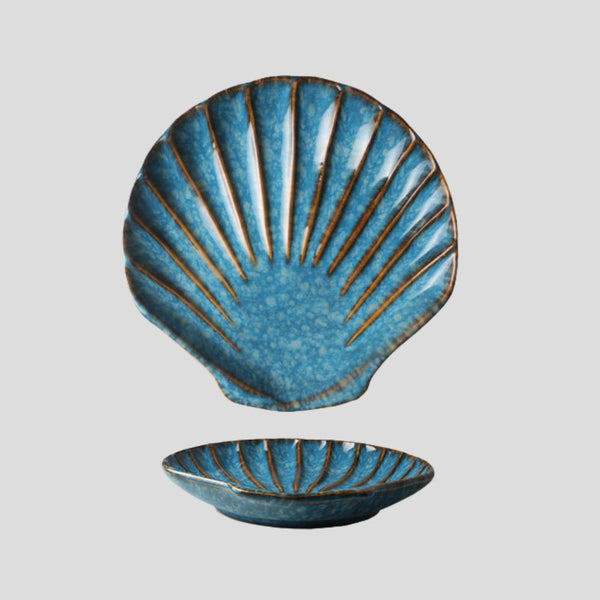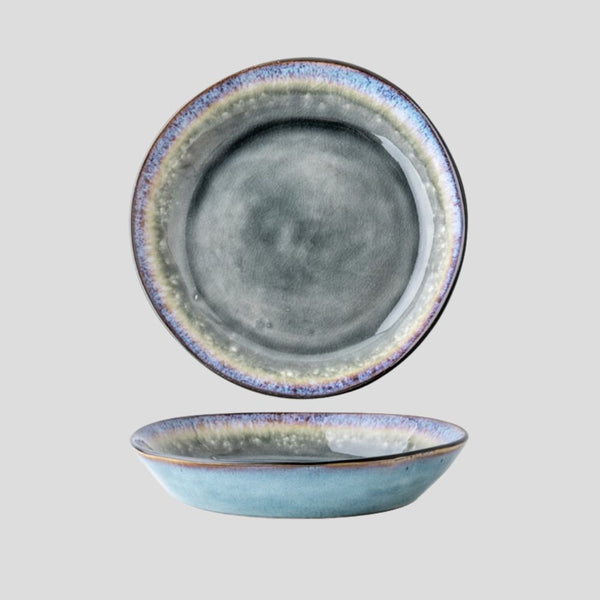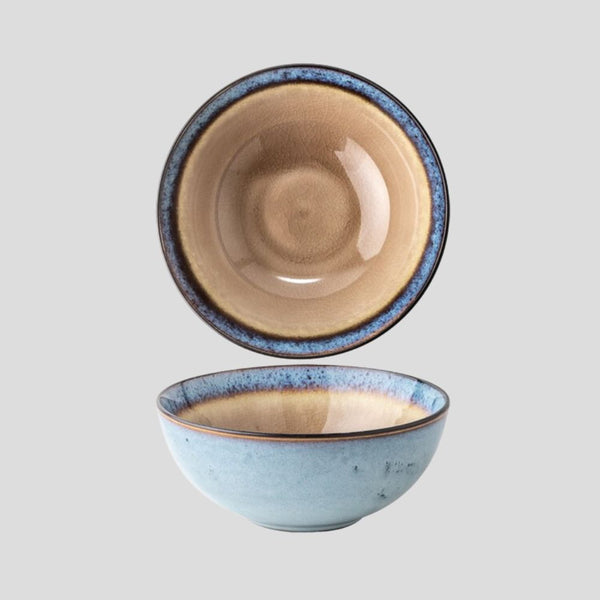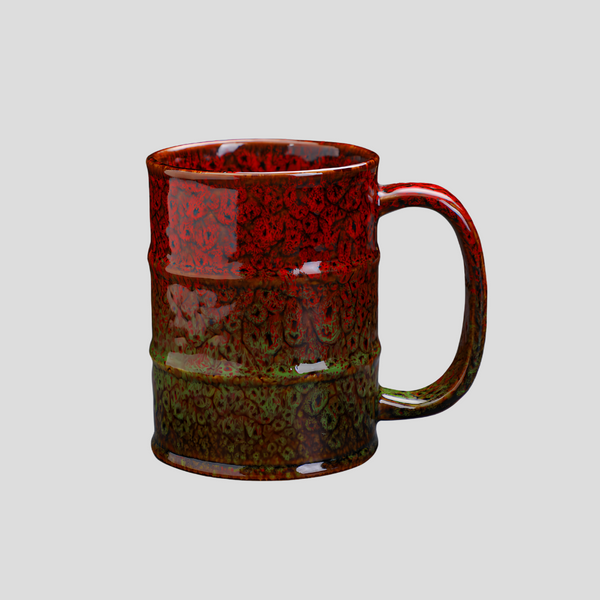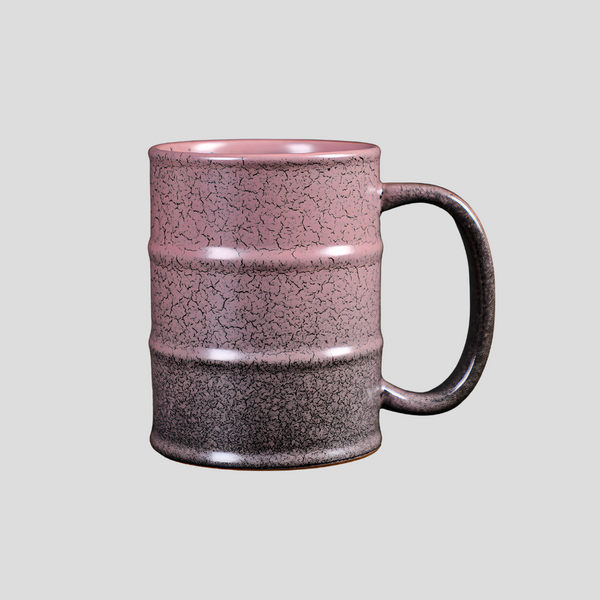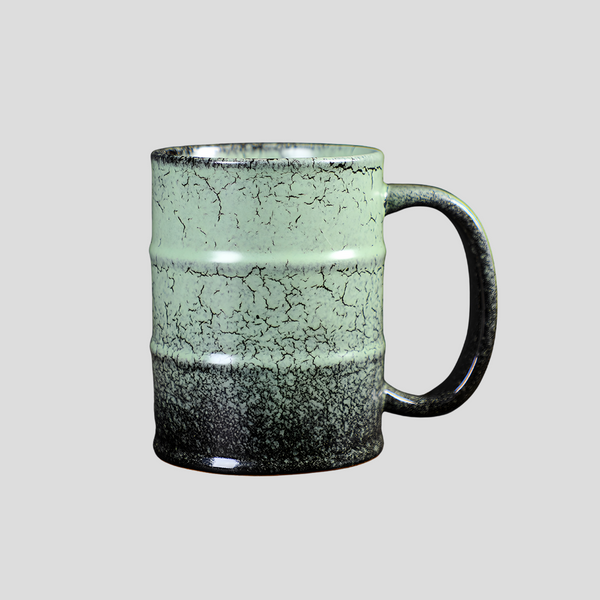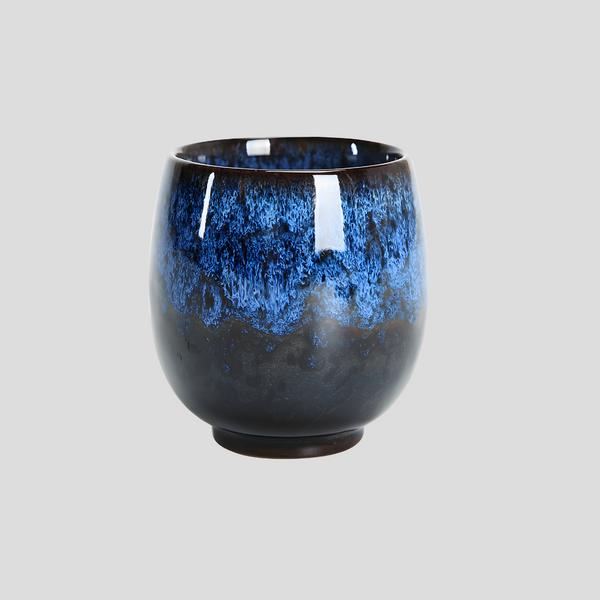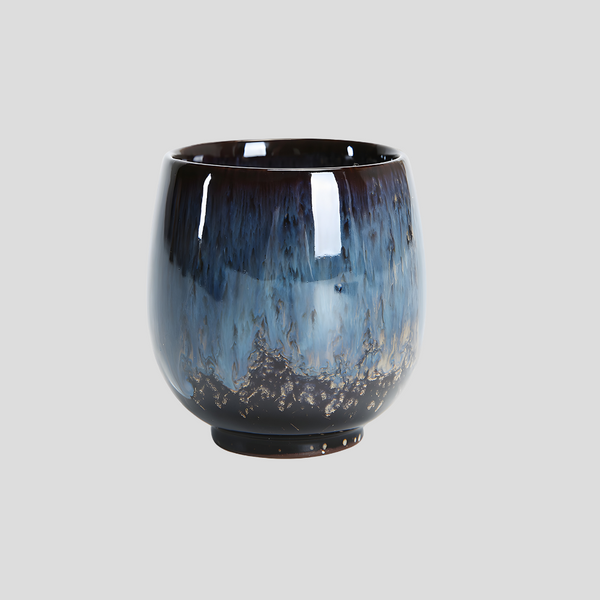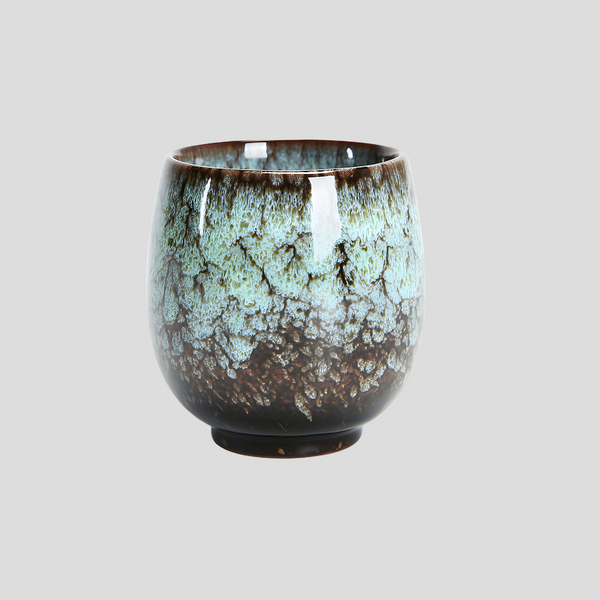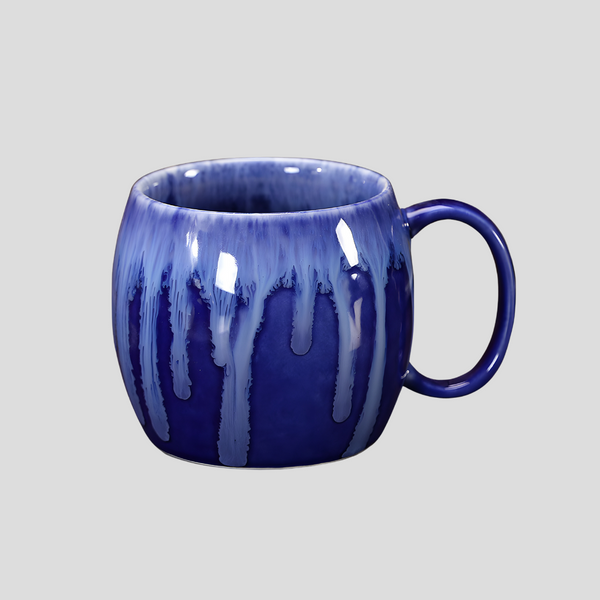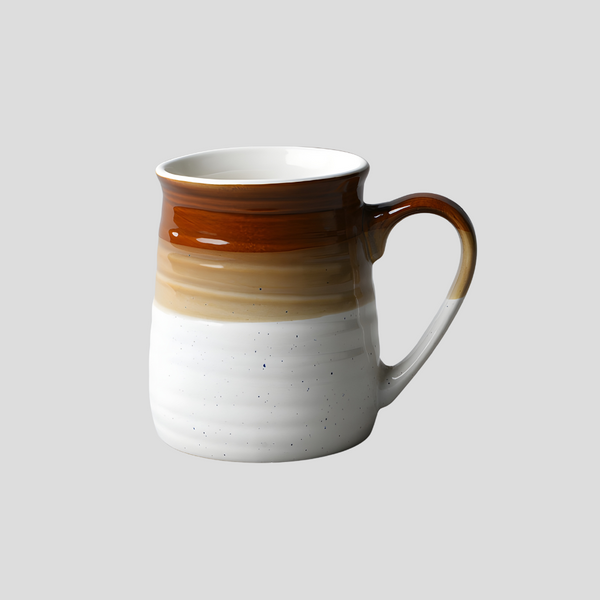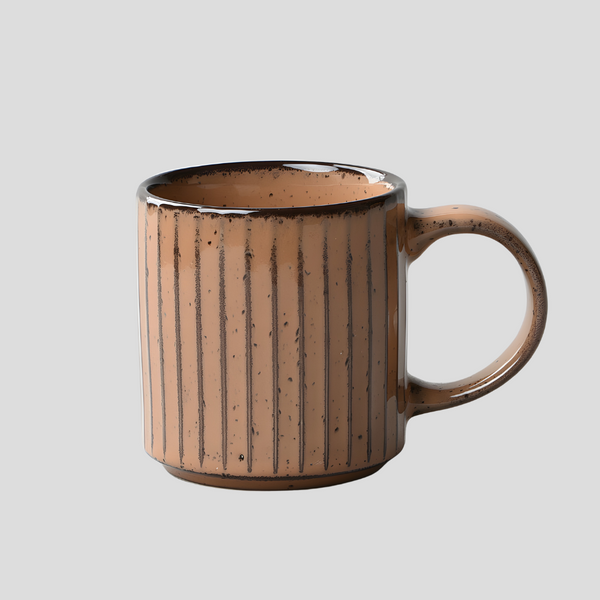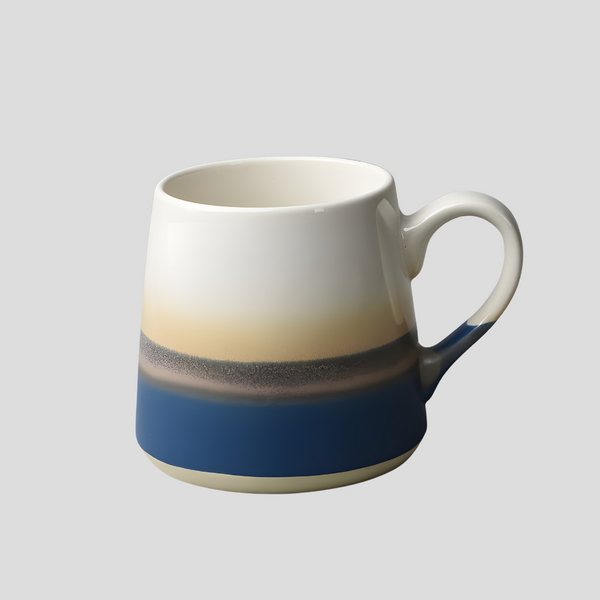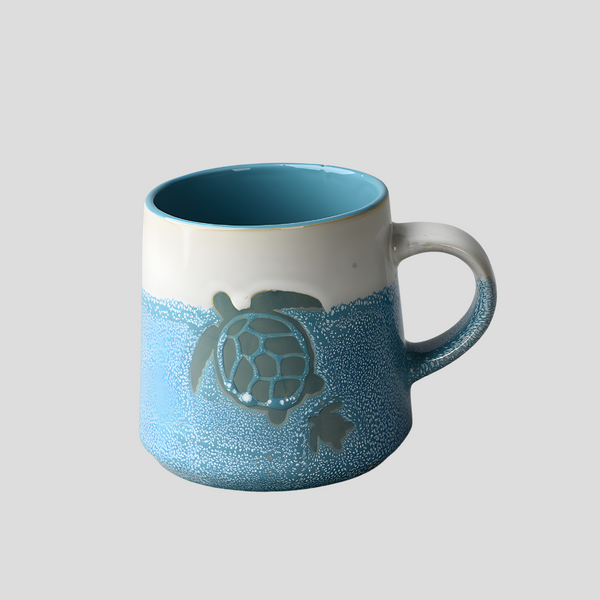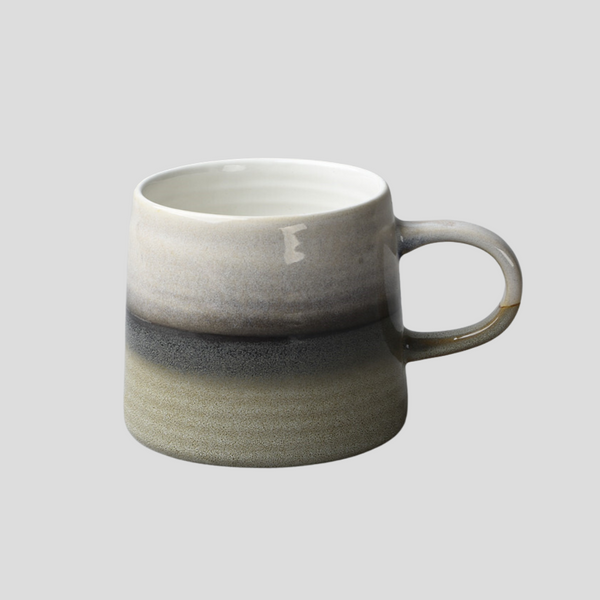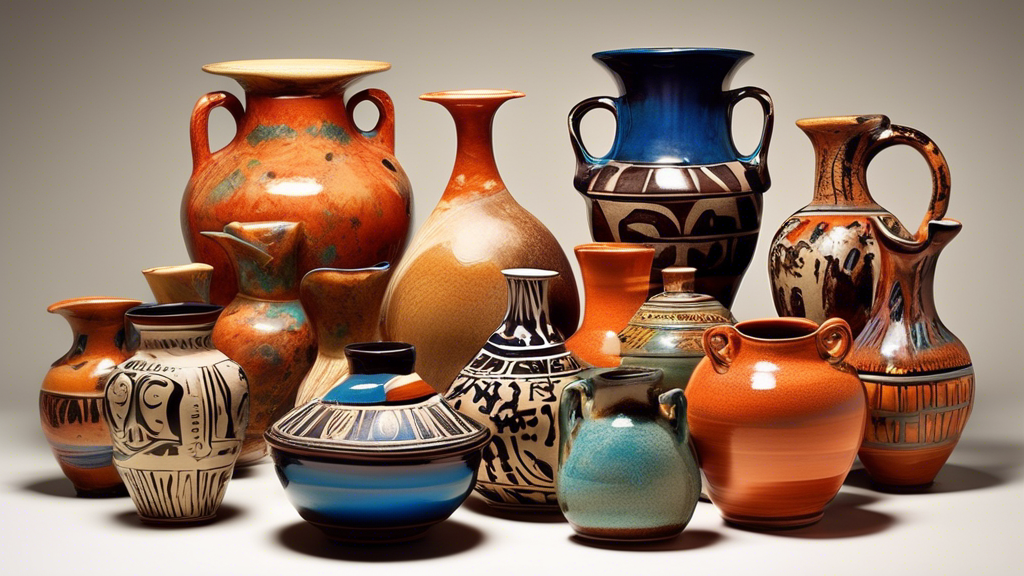
Exploring Colors in Western Ceramics
Introduction to Color in Western Ceramics
Western ceramics, with their rich history that spans several centuries, offer a captivating glimpse into the evolution of artistic expression and technique. The use of color in these artifacts is not merely aesthetic but serves as a language, conveying cultural, social, and technological narratives. This exploration into the colors of Western ceramics unveils how pigments and glazes have been used to create pieces that are both functional and beautiful, reflecting the times and societies from which they emerged.
The Evolution of Color in Ceramics
Early Uses of Color
In the early phases of ceramic production, the colors used were primarily dictated by the natural shades of the clay and the limited availability of colorants. Early Western ceramics, such as those from the ancient Greeks and Romans, showcased a preference for earthy tones, achieved through the use of oxides that provided reds, yellows, and browns. The famous Greek black-figure and red-figure pottery techniques utilized the natural color changes of the clay during firing to create contrasting designs, demonstrating an early sophistication in manipulating color.
The Middle Ages and Renaissance
During the Middle Ages, the introduction of glazing techniques opened new possibilities for color in ceramics. Lead-based glazes provided a vibrant, glossy surface that could be colored with the addition of metal oxides, allowing for a broader spectrum of hues including greens, blues, and yellows. The Renaissance period saw the emergence of majolica pottery in Italy, characterized by its highly decorative and colorful designs painted on a white tin-glazed background. This technique marked a significant moment in the history of Western ceramics, showcasing the potential of ceramics as a canvas for intricate and colorful artistry.
The Influence of the East
The fascination with and importation of Chinese porcelain in the 17th and 18th centuries had a profound impact on Western ceramics, particularly in terms of color. The brilliant blue and white of Chinese porcelain set a new standard for beauty and technical achievement in ceramics. Western potters sought to replicate the vivid blue of cobalt and the translucent quality of the porcelain body, leading to innovations such as Delftware in the Netherlands and the eventual development of bone china in England. These endeavors significantly expanded the color palette of Western ceramics, introducing not only new hues but also new levels of vibrancy and translucence.
Modern and Contemporary Ceramic Color
The Technological Revolution
The industrial revolution and subsequent technological advancements had a transformative impact on the production and coloring of ceramics. Chemical developments led to the creation of a wider variety of stable, synthetic pigments, allowing for an unprecedented range of colors. This period also saw the introduction of high-temperature kilns, enabling more consistent and durable finishes. The 20th century, with its emphasis on individual expression and the breaking of artistic boundaries, witnessed ceramics that exploded in color, pattern, and texture, reflecting the dynamic cultural shifts of the era.
Contemporary Celebrations of Color
Today, contemporary ceramicists continue to push the boundaries of color in ceramics, using both traditional techniques and modern technologies to explore and express new ideas. From the subtle to the vibrant, the use of color in contemporary Western ceramics is as diverse as the artists themselves. Innovations in glazes and firing techniques have made possible a wide range of textures and finishes, from matte to glossy, smooth to crystalline. Ceramics today are not only about beauty but also about challenging perceptions, exploring ideas, and engaging with the material in new and exciting ways.
Conclusion
The exploration of color in Western ceramics is a testament to the creativity and innovation of artisans and artists throughout history. From the earthy tones of ancient pottery to the bright hues of contemporary pieces, color has played a pivotal role in the evolution of ceramics. It serves as a bridge between past and present, inviting us to appreciate the rich tapestry of human culture and the unending quest for expression and beauty through art.
Click this link to check out our ceramic artwork!
